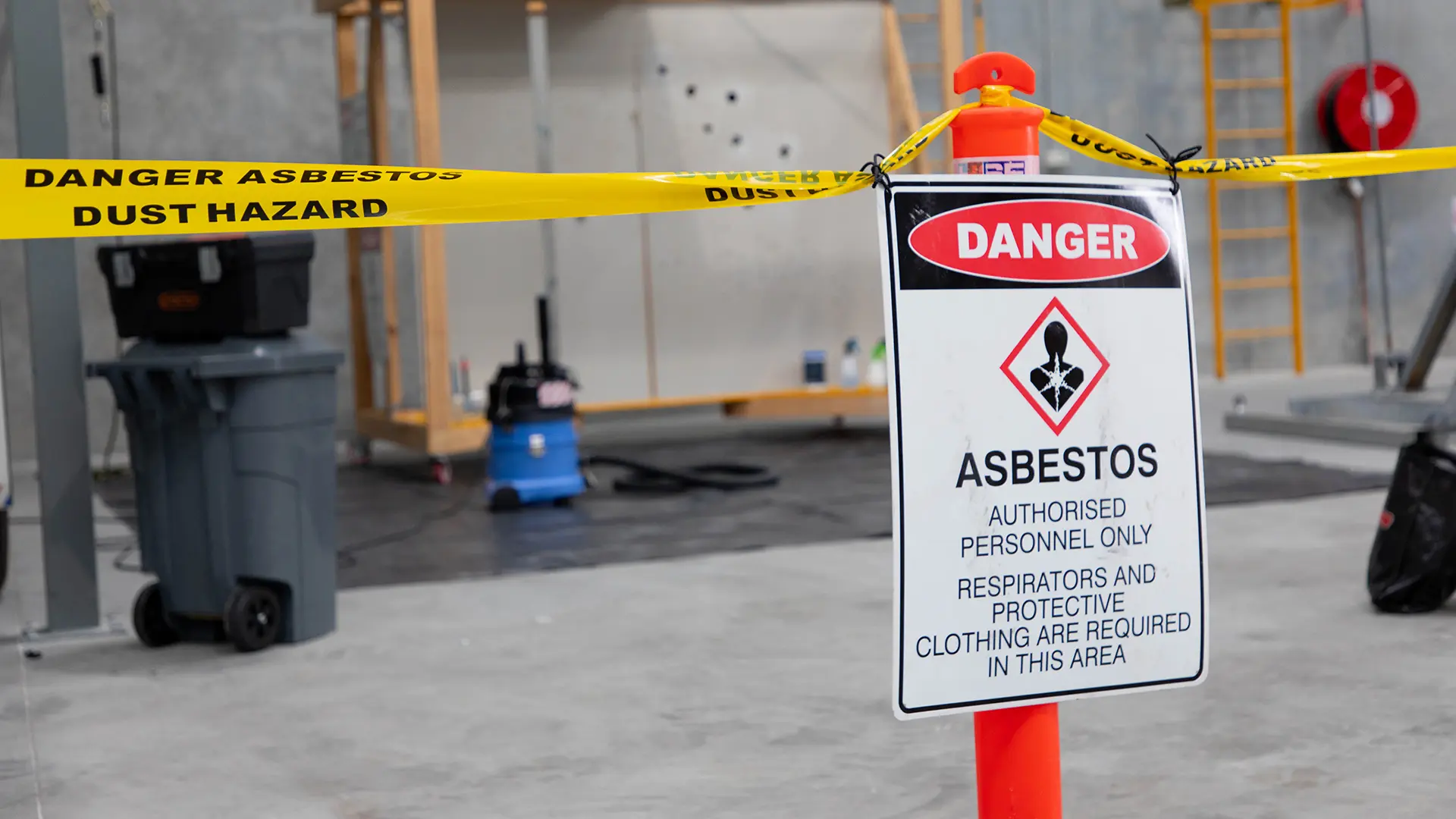Workplace exposure to asbestos remains a serious health concern across industries. Asbestos, once widely used in construction and manufacturing for its heat resistance and strength, is now known to cause life-threatening diseases such as mesothelioma, asbestosis, and lung cancer. For this reason, asbestos awareness training is essential for protecting workers and ensuring that employers remain compliant with safety regulations.
This training is not just about avoiding penalties. It is about recognizing risk, protecting lives, and promoting long-term occupational health. A workforce that understands asbestos is more capable of identifying hazards and responding appropriately, keeping everyone safe.

Understanding Asbestos and Its Dangers
Asbestos is made up of microscopic fibers that, when disturbed, become airborne and can be inhaled. The danger lies in long-term exposure to these fibers, which remain lodged in the lungs and can cause damage over time. Many workers are unaware of the presence of asbestos in older buildings, pipes, insulation, or roofing materials.
Through asbestos awareness training, employees learn to recognize materials that may contain asbestos and understand the serious health implications of improper handling. Early detection and proper response are critical to minimizing exposure.
Legal Responsibilities for Employers and Workers
Under occupational health laws, employers must ensure that workers are informed about asbestos hazards and trained in how to avoid them. Failure to comply can lead to heavy fines and legal consequences. It is the employer’s responsibility to identify potential asbestos risks in the workplace and provide certified training.
Training sessions highlight duties under asbestos regulations, how to read safety data sheets, and steps to take if exposure is suspected. Workers trained in asbestos awareness are more vigilant and proactive in preventing contamination.
Key Components of Asbestos Awareness Training
This training is designed for anyone who may encounter asbestos-containing materials in their work. The course covers essential topics such as:
- History and uses of asbestos
- Health risks associated with exposure
- Common locations of asbestos in buildings
- Safe work practices and avoidance strategies
- Emergency procedures for accidental exposure
Interactive modules and real-world case studies make the content more relatable and effective. The asbestos awareness course ensures employees don’t just memorize rules—they internalize the importance of caution.
Who Needs Asbestos Awareness Training?
This training is vital for construction workers, electricians, plumbers, painters, and maintenance staff—essentially anyone working on or near older buildings. Even office workers or facility managers may benefit from this knowledge if asbestos exists in their environment.
By knowing what to look for and how to act, trained individuals become the first line of defense against unsafe exposure. The asbestos awareness training prepares them to identify suspect materials and avoid disturbance.
Asbestos in the Modern Workplace
Despite the known dangers, asbestos still exists in many older structures. The material becomes dangerous when disturbed during renovation, demolition, or repair work. Modern health and safety policies emphasize the importance of identifying asbestos before any such activities begin.
Companies that neglect to assess and manage these risks are not only endangering lives but also exposing themselves to serious liabilities. Training staff in asbestos awareness helps prevent incidents and demonstrates a strong safety culture.
Importance of Certification
A certified course is more than just a checkbox—it’s an assurance that workers understand their responsibilities and the dangers they may face. Certification can also protect businesses during audits or inspections, proving that proactive steps were taken to minimize occupational hazards.
Certification in asbestos awareness can enhance a worker’s resume and career potential, especially in industries where safety compliance is critical. It reflects a commitment to responsible and informed work practices.
Long-Term Health and Safety Impact
The long latency period of asbestos-related diseases makes immediate protection even more vital. A worker exposed today may not experience symptoms for decades. That’s why early training, routine reinforcement, and organizational awareness are necessary.
Training encourages a more cautious approach to building assessments, renovations, and daily maintenance. It fosters habits that protect not only the individual worker but also their coworkers, clients, and the general public.
Final Word — Prevention Starts with Awareness
Asbestos awareness is the first and most crucial step in preventing exposure. It empowers workers to make informed decisions, avoid unnecessary risks, and handle their duties safely. Employers that invest in training show care for their workforce and take important steps toward regulatory compliance.
Protect your team from invisible but deadly risks. Enroll them in asbestos awareness training today and build a safer tomorrow for everyone.